In the modern pharmaceutical industry, efficient, precise, and controllable extraction technologies are crucial for ensuring drug quality and production efficiency. With the advancement of technology, ultrasonic generators have become indispensable auxiliary equipment in the pharmaceutical industry, demonstrating significant advantages in drug extraction, emulsification, dispersion, and chemical reaction promotion. This article will comprehensively analyze the application of ultrasonic generators in pharmaceutical extraction technology, exploring their principles, advantages, operating techniques, and future development trends.
1. Working Principle of Ultrasonic Generators
An ultrasonic generator is an instrument that generates ultrasonic waves using high-frequency mechanical vibrations. These vibrations are transmitted to the liquid or solid sample being processed via a probe. In liquid media, ultrasonic waves induce cavitation, where tiny bubbles form and rapidly collapse, releasing enormous localized energy. This energy can:
Disrupt cell or tissue structures, effectively releasing active ingredients within cells.
Promote solute dissolution, improving contact efficiency between the solvent and the medicinal material, accelerating extraction.
Enhance emulsification and dispersion, ensuring uniformity in oil-water mixtures or particle dispersion.
Accelerate chemical reactions, increasing reaction rates through a localized high-temperature and high-pressure microenvironment. In the pharmaceutical industry, ultrasonic generators can achieve precise processing of samples of varying volumes and properties by continuously adjusting power and duration.
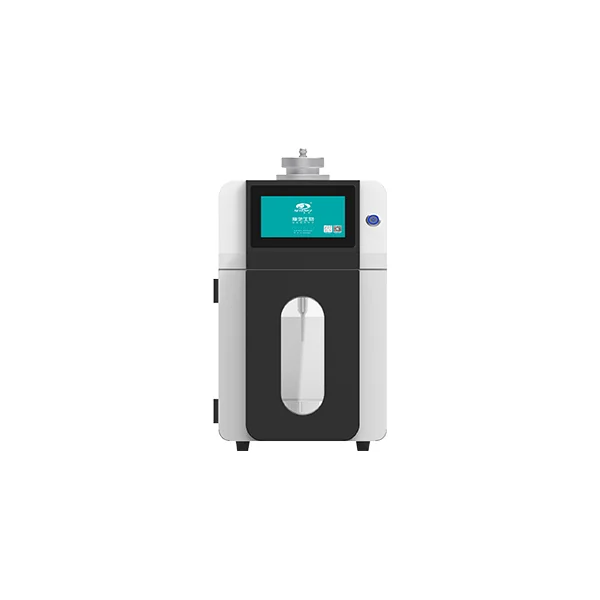
2. Applications of Ultrasonic Extraction Technology in the Pharmaceutical Industry
2.1 Extraction of Natural Medicinal Ingredients
In modern drug development, botanicals still play an important role in traditional Chinese medicine extraction and the isolation of natural active ingredients. Traditional extraction methods, such as reflux, immersion, and stirring, suffer from low efficiency, lengthy processing times, and the potential for damage to active ingredients. Ultrasonic extraction technology, through the cavitation effect, can:
Improve extraction efficiency: Ultrasonic waves disrupt plant cell walls, rapidly releasing active ingredients.
Shorten extraction time: Compared to traditional extraction methods, extraction time can be shortened by 30%-70%.
Reduce solvent usage: The solvent is in more complete contact with the medicinal material, reducing waste and costs.
For example, when extracting active ingredients such as flavonoids, saponins, or polysaccharides, ultrasonic extraction technology can maintain their structural integrity, enhancing purity and activity.
2.2 Drug Emulsification and Dispersion
Emulsification and dispersion are key processes in the preparation of oral solutions, injectables, and microemulsion drug carriers. Ultrasonic generators, through intense vibration and cavitation, can achieve:
Nanoemulsion preparation: Forming tiny, uniform drug particles, improving bioavailability.
Enhancing mixing uniformity: Preventing particle sedimentation and improving stability.
Reducing the use of additives: Relying on ultrasonic energy to achieve emulsification, reducing the amount of surfactants used.
This technology is used in pharmaceutical companies to process lipid-soluble drugs, vaccines, and biologics, significantly improving product quality and stability.
2.3 Extracting Bioactive Substances and Preparing Fine Compounds
Ultrasonic extraction is not only applicable to botanicals but is also widely used to extract microbial metabolites, enzymes, and active peptides. Ultrasonic generators can:
Disrupt microbial cells: Release intracellular active substances, such as antibiotics, enzymes, and peptides.
Promote solvent penetration: Increase extraction yield and reduce production cycle time.
Maintaining the stability of active substances: Compared to high-temperature extraction, ultrasonic treatment at low temperatures and for short periods of time can reduce activity loss.
In the biopharmaceutical field, this technology can be used for antibiotic extraction, peptide purification, and the initial separation of vaccine proteins.
2.4 Assisted Chemical Reaction Acceleration
Some drug synthesis or modification processes require chemical reactions in the liquid phase. Ultrasonic generators can create a localized high temperature and high pressure environment to:
Accelerate chemical reaction rates: Significantly shorten reaction times.
Improve yield and selectivity: Promote reaction uniformity and reduce byproduct formation.
Reduce energy consumption: More energy-efficient and environmentally friendly than traditional heating methods.
This application is very common in pharmaceutical R&D laboratories, especially in the synthesis of small organic molecules and the preparation of intermediates.
3. Advantages of Ultrasonic Generators in the Pharmaceutical Industry
Versatility: Can be used for crushing, emulsification, extraction, dispersion, and chemical reaction acceleration.
Controllable operation: Power and time can be continuously adjusted to meet the needs of different samples.
High efficiency: Significantly improve extraction yields and reduce experimental and production time.
Low-temperature processing: Minimizes the destruction of heat-sensitive active ingredients.
Energy-saving and environmentally friendly: Reduces solvent use and energy consumption, aligning with the concept of green pharmaceutical manufacturing.
Compared to traditional methods, ultrasonic extraction technology not only improves production efficiency but also ensures drug quality and activity.
4. Ultrasonic Extraction Technology Operational Precautions
Power Selection: Select the appropriate power for each sample and processing volume to avoid excessive destruction of active ingredients.
Processing Time Control: Prolonged ultrasonication may lead to degradation of active ingredients and should be optimized based on the experiment.
Probe Matching: Use different probe models for different sample volumes to ensure uniform energy transfer.
Temperature Management: Circulating cooling or intermittent processing may be used if necessary to prevent denaturation of heat-sensitive substances.
Safety Precautions: Wear protective equipment during operation to avoid harm from high-intensity ultrasound.
Strict adherence to operating procedures ensures reproducible experimental results and stable pharmaceutical processes.
5. Conclusion
Ultrasonic extraction technology is used in the pharmaceutical industry across a wide range of processes, from extracting natural medicinal products and microbial active ingredients to emulsifying drugs and accelerating chemical reactions. Its high efficiency, controllability, and environmental friendliness make it a crucial tool in modern pharmaceutical R&D and production. As the technology continues to mature and innovate, ultrasonic extraction will further improve drug production efficiency, ensure drug activity, and promote the development of the pharmaceutical industry towards high-quality, green practices. If you're looking for a reliable ultrasonic generator partner, please contact us online. We are a professional ultrasonic generator supplier dedicated to providing high-performance ultrasonic equipment for the pharmaceutical, life science, and materials science industries. We offer professional product selection, operational guidance, and customized solutions to help improve pharmaceutical R&D and production efficiency.
www.dscientz.com
dscientz



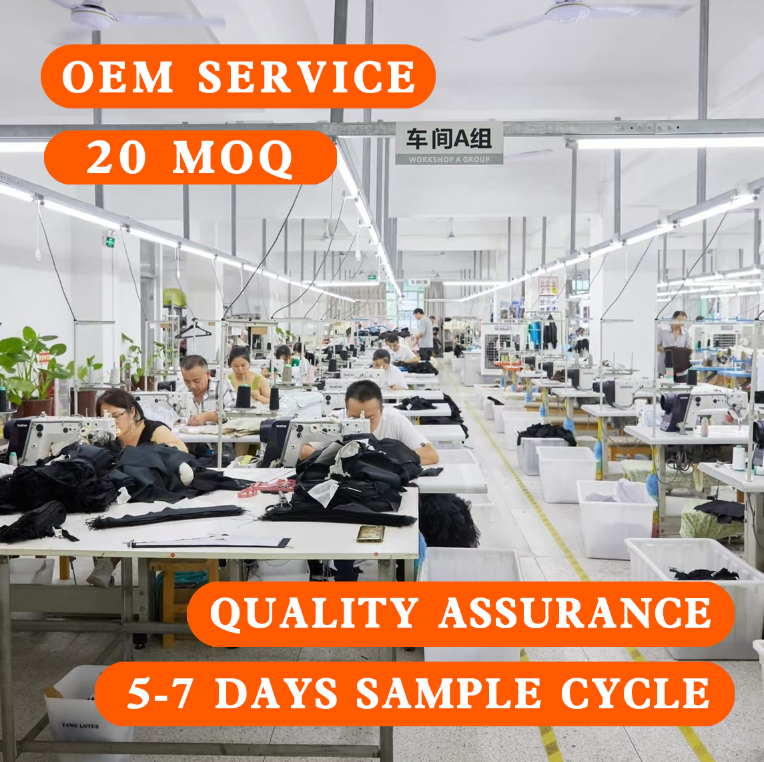
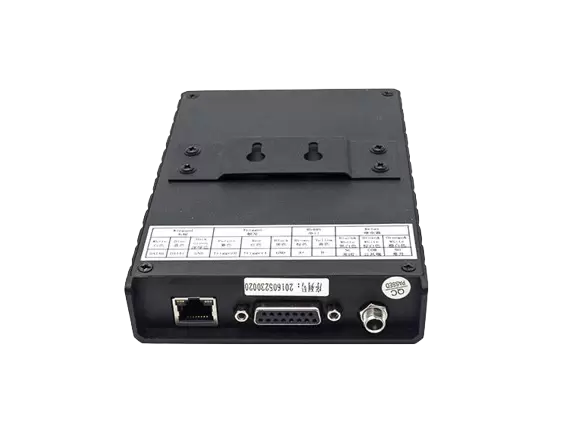
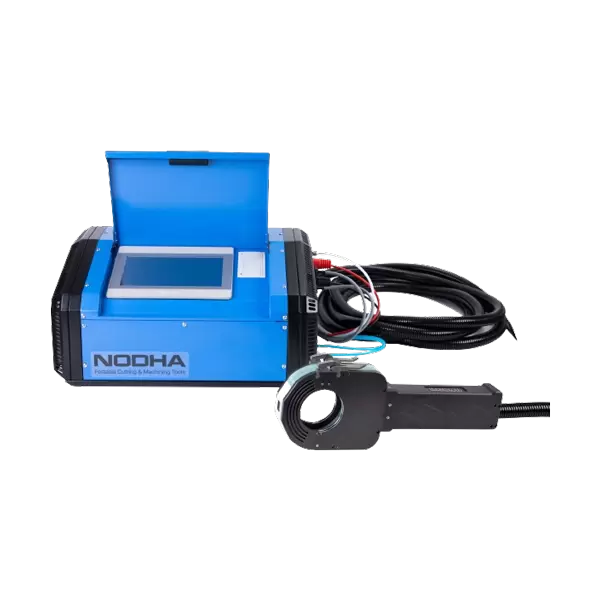
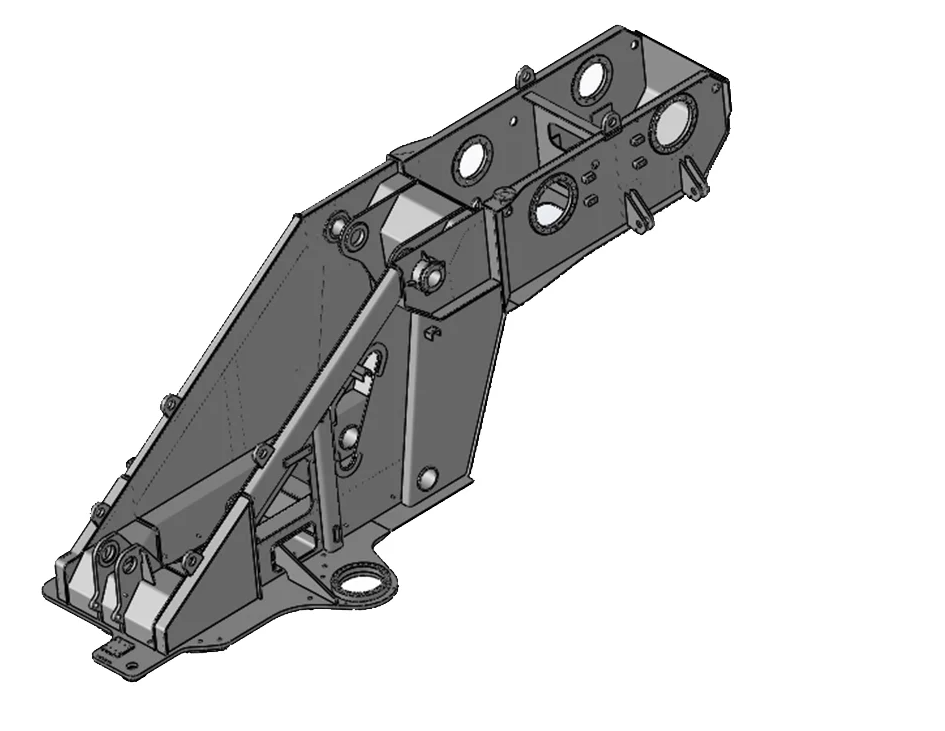
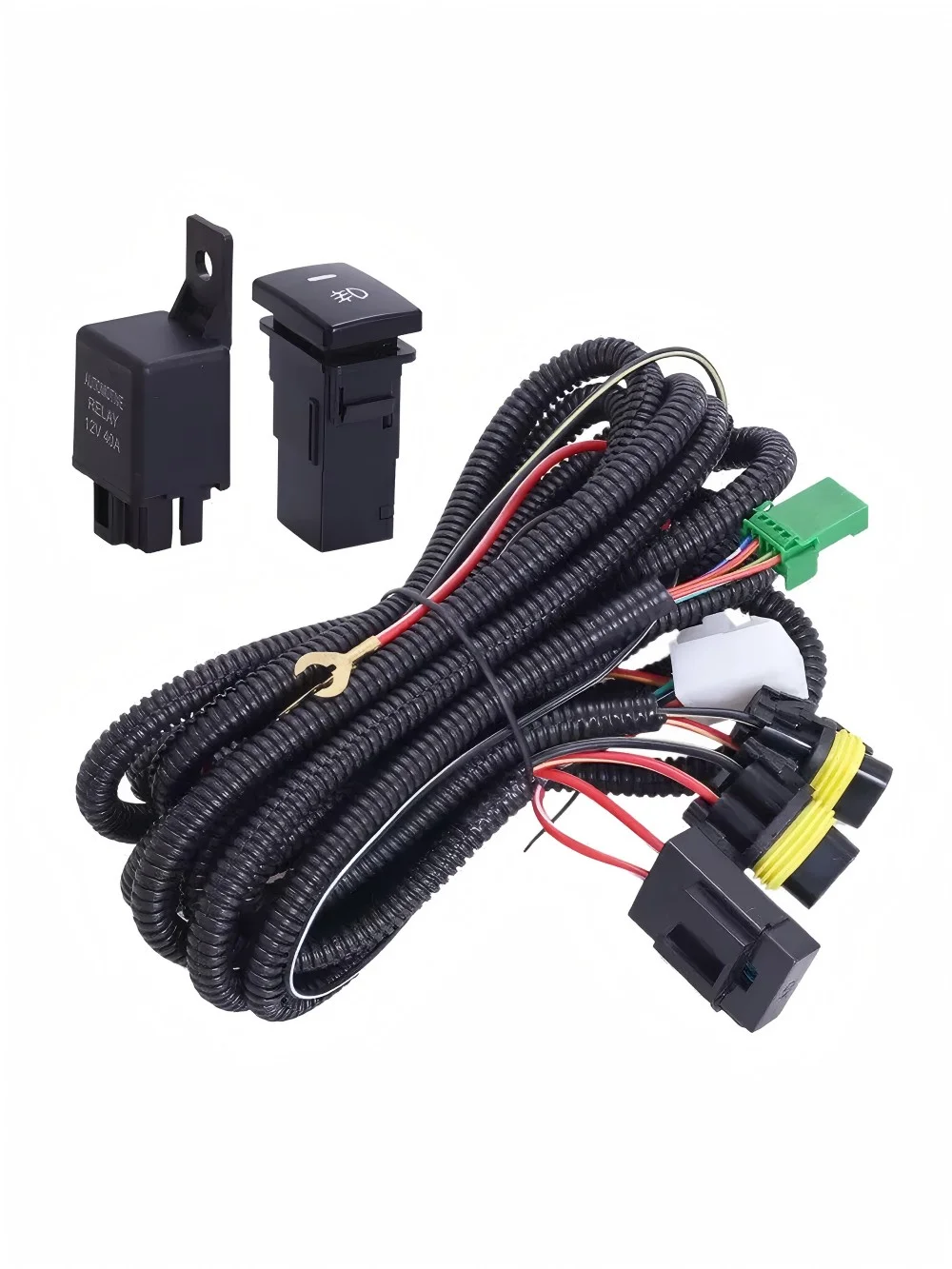
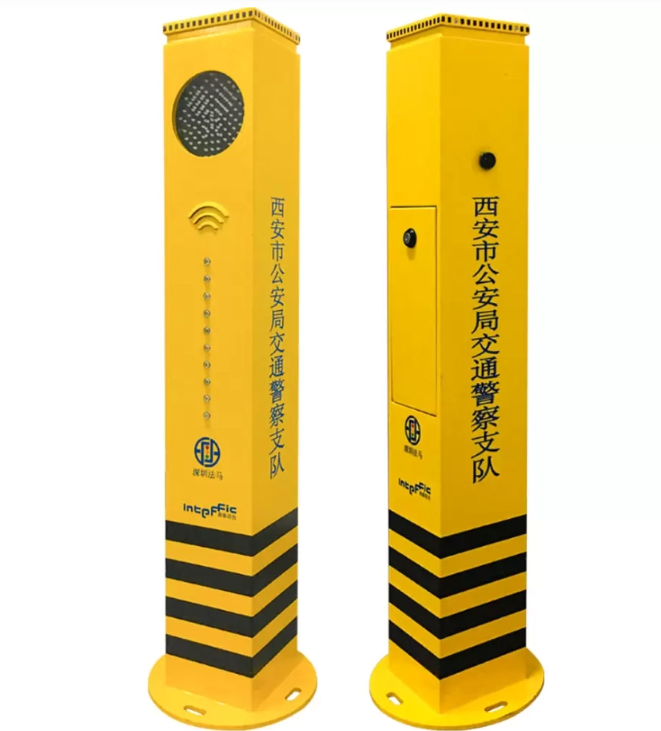
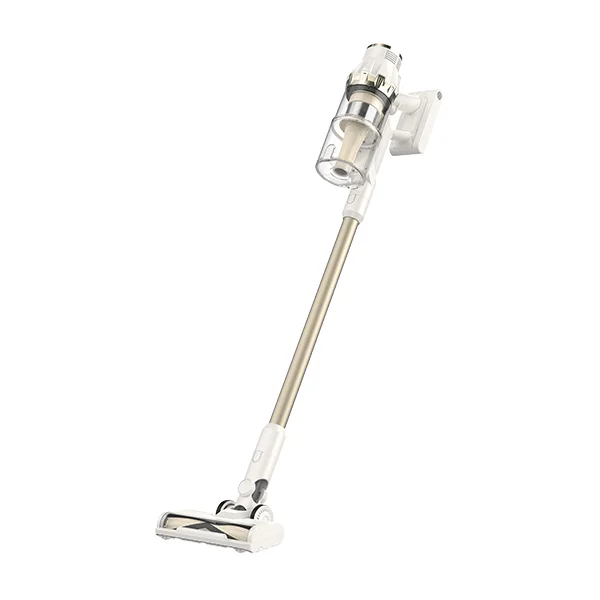
+ There are no comments
Add yours